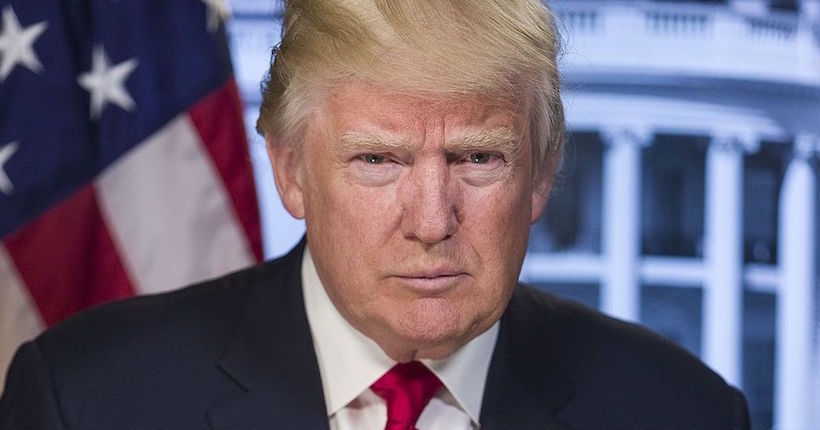Here’s how the Trump administration is moving AHEAD with health care reform while Congress refuses to act
09/17/2017 / By JD Heyes

For seven, long years Republicans in Congress and on the campaign trail promised full “repeal and replace” of Obamacare, but when the time came and voters had given the GOP full control over the legislative process with an unexpected Donald J. Trump win in November, they balked.
Far too many Republican members choked. They stumbled. They hemmed and hawed. They came up with excuses as to why they could not support repeal-and-replace.
So nothing got done. We’re something like 10 months into Trump’s first year in office and legislation that should have been on his desk the day he was inaugurated remains…somewhere else.
Well, the president and his health care team aren’t waiting around for this #NeverTrump Congress to send him legislation that finally dismantles the most expensive, least effective, and most bureaucratic “healthcare reform” law ever passed. They are acting to ease the burden of Obamacare on tens of millions of Americans, many of whom are going broke just trying to pay monthly premiums for insurance they, by law, have to have but can’t even use (because out-of-pocket deductibles are so high).
As reported by Politico, Trump and his team are moving quietly behind the scenes to remove as much of the bureaucratic red tape as the Executive Branch can possibly eliminate, which is translating into large swaths of the health care industry:
Once envisioned as a companion to the GOP’s now-stalled effort to repeal Obamacare, the regulatory rollback has fast become the Trump administration’s chief weapon against former President Barack Obama’s health care legacy — and sets the stage for an industry-friendly reshaping of the health care system.
The effort is so large that it has both “surprised and thrilled health care lobbyists,” the site reported further. The Department of Health and Human Services has flooded lobbyists with requests for rules and regulations they would like to see cut back or eliminated.
“We have been shooting for the moon, just bringing up every possible issue we think they have the ability to change,” Vinita Ollapally, manager of regulatory affairs for the American College of Surgeons, told Politico. “This is the first time that any administration has seemed so focused on regulatory relief.”
While the effort is upsetting to so-called “patient advocates,” you may recall that Trump, on the campaign trail, said he would move to dramatically reduce the federal government’s massive regulatory burden on all industries, including the health care industry. He moved quickly on that campaign promise, signing executive orders and legislation that rolled back scores of Obama-era initiatives that, in sum, cost industry hundreds of billions of dollars per year in extra compliance costs.
And let’s face it, no matter which side of the political coin you come down on, nothing about what Democrats and Obama promised the Affordable Care Act would do — insure everyone, reduce health costs, lower monthly premiums and out-of-pocket expenses — has come to fruition.
The only way the process of insuring Americans and delivering health care to them for less short of a full-on Obamacare repeal is to get rid of as much of the government red tape as possible, for every rule, every requirement, and every regulation carries a cost that has to be borne by someone — and that someone is most often the patient. (Related: Obamacare to soon cost the average American family $20,000 a year, announces IRS.)
“The Trump administration is working tirelessly to get Washington out of the way, bring down the cost of coverage, expand health care choices and improve quality,” one HHS spokesperson told Politico. The person added that HHS Secretary Tom Price, a physician himself, and the president were dedicated to eliminating rules they deem “burdensome across all spectrums of the health care system.”
Politico noted further that there are short-term and long-term objectives: “[O]fficials have laid out a two-track strategy in meetings with industry groups and lobbyists: quickly overhauling smaller rules to make life easier for providers while developing longer-term projects aimed at fundamentally changing the way the federal government regulates health care.”
With or without Congress, the president is determined to make health care more affordable, less complex, and far more flexible to deal with individual needs than Obamacare ever delivered.
J.D. Heyes is a senior writer for NaturalNews.com and NewsTarget.com, as well as editor of The National Sentinel.
Sources include:
Tagged Under: bureaucracy, health care, healthcare reform, obamacare, President Trump, red tape, Trump administration




















